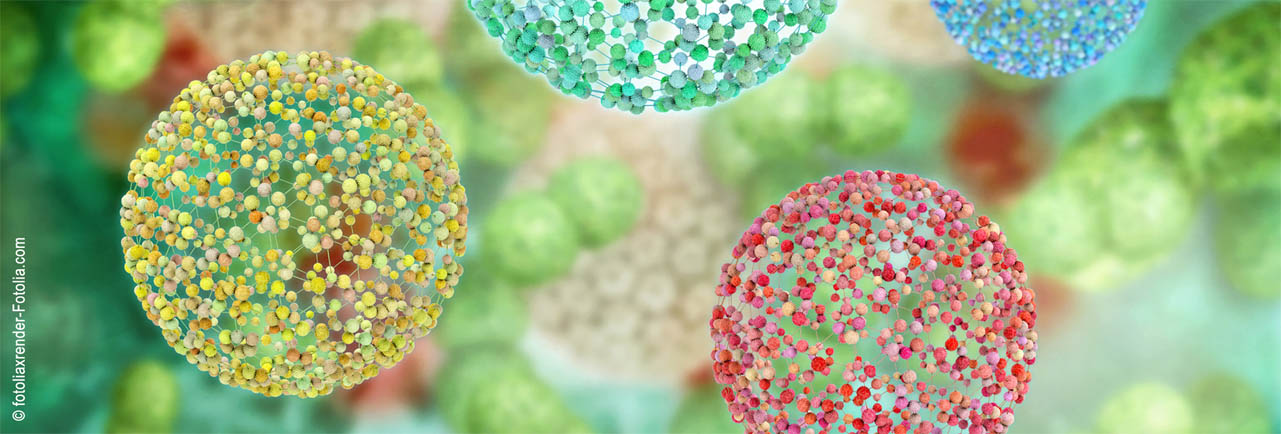Speaker
Description
Due to health and environmental factors, the food industry is looking for ways to introduce meat alternatives made from plant-based proteins to consumer markets. High-moisture extrusion (HME) is the most widely used method for converting proteins and polysaccharides into a meat alternative with a highly hierarchical fibrous structural organization. However, the HME process is usually considered as a “black box” with limited information about structure formation inside. The dead-stop operation is a feasible and effective method to collect material from different extruder and cooling die zones. In this study, scattering techniques were applied to study the evolution of meat analogue structure by sampling material after a dead-stop. By combining wide-, small-, and ultra-small-angle scattering methods, we have probed the structures of meat alternatives from the nano- to the micrometre range and established relationships between them. We have demonstrated that anisotropic structures were present already in the transition zone of the extruder and they developed further along the entire cooling die section. It also appeared that these anisotropic structures were formed at length scales of a few tens of nanometres with an increase of anisotropy at larger length scales. These findings represent a starting point in the understanding of the mechanisms of structure formation and evolution in the extruder and cooling die at several hierarchical levels.

